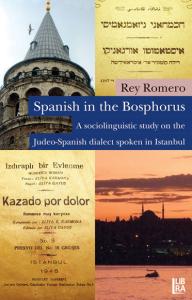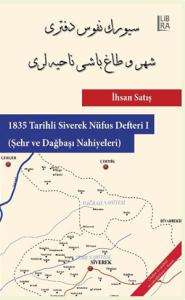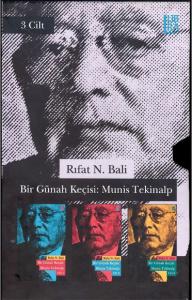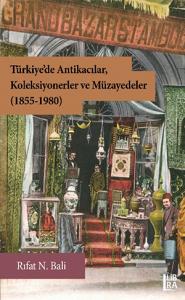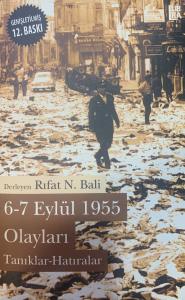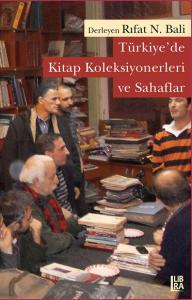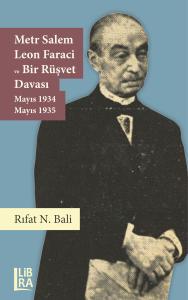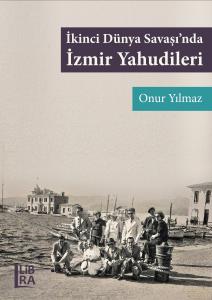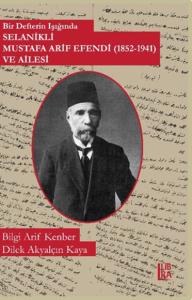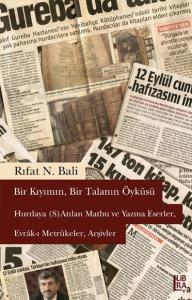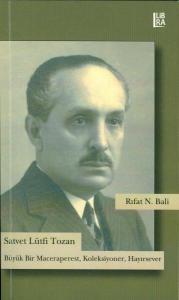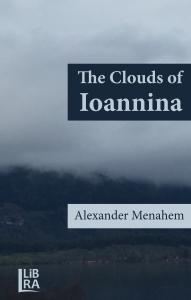Spanish in the BosphorusA Sociolinguistic Study on the Judeo-Spanish Dialect Spoken in Istanbul
In 1492, the Spanish monarchs expelled tens of thousands of Sephardic Jews from the Iberian Peninsula and other territories. Most Sephardim headed eastward and settled in Ottoman lands, where their language, known as Judeo-Spanish, survived and thrived for centuries. This book is the result of fieldwork in the Jewish community of Istanbul. It provides a historical and modern sociolinguistic account of the survival of the Judeo-Spanish dialect after centuries of fragmentation, French bilingualism, “Turkish only” language policies, emigration, and globalization. This work analyzes social patterns on the acquisition and use of Judeo-Spanish in the community as well as linguistic change throughout different generations of Istanbulite Sephardim. Focusing on several grammatical features, these data demonstrate that bilingualism with Turkish and reduced linguistic spaces promote language change.
In a world where linguistic diversity is rapidly shrinking, the survival and future of Judeo-Spanish is a testament to the close bond between language, culture, community, and identity.
İçindekiler
Notes on Judeo-Spanish Spelling and Nomenclature
Acknowledgements
Preface
Chapter I. On Losing the First Language
1.Endangered varieties of Spanish
2.The phenomenon of language death
3.The loss of language domains
4.Structural change in endangered languages
5.Age and proficiency
Chapter II. The Rise and Fall of Judeo-Spanish
1.Measuring language shift
2.A Jewish language in the Iberian Peninsula
3.A Spanish dialect in the Ottoman Empire
4.The decline of Judeo-Spanish
5.Language policies: French and the Alliance
6.Language policies: Turkish and the Republic
7.The language of a minority population
Chapter III. The Language and its Community
1.Methodology
2.Spanish and Judaism
3.A "mixed" language and multilingualism
4.Community demographics
5.Current language domains
6.Judeo-Spanish acquisition and transmission
Chapter IV. On Language Shift and Linguistic Change
1.Structural changes and intergenerational transmission
2.Bilingualism and externally-induced changes
3.Generalization and internally-induced changes
Chapter V. Structural Changes in Judeo-Spanish
1.Previous studies on the structure of Judeo-Spanish in shift
2.Methodology
3.Changes in morphology: Gender, number, and verbal agreement
4.Changes in syntax: Adjective placement and the subjunctive mood
Epilogue: Kuando mas eskurese es para amaneser
Appendices
A.The Aki Yerushalayim Spelling System
B.Sociolinguistic Questionnaire in Judeo-Spanish
C.Sample of the Translation Exercise from Turkish to Judeo-Spanish
Basından
- Ekrem Eddy Güzeldere- 10Aralık 2012
- Hürriyet Daily News- 15 Mayıs 2013



